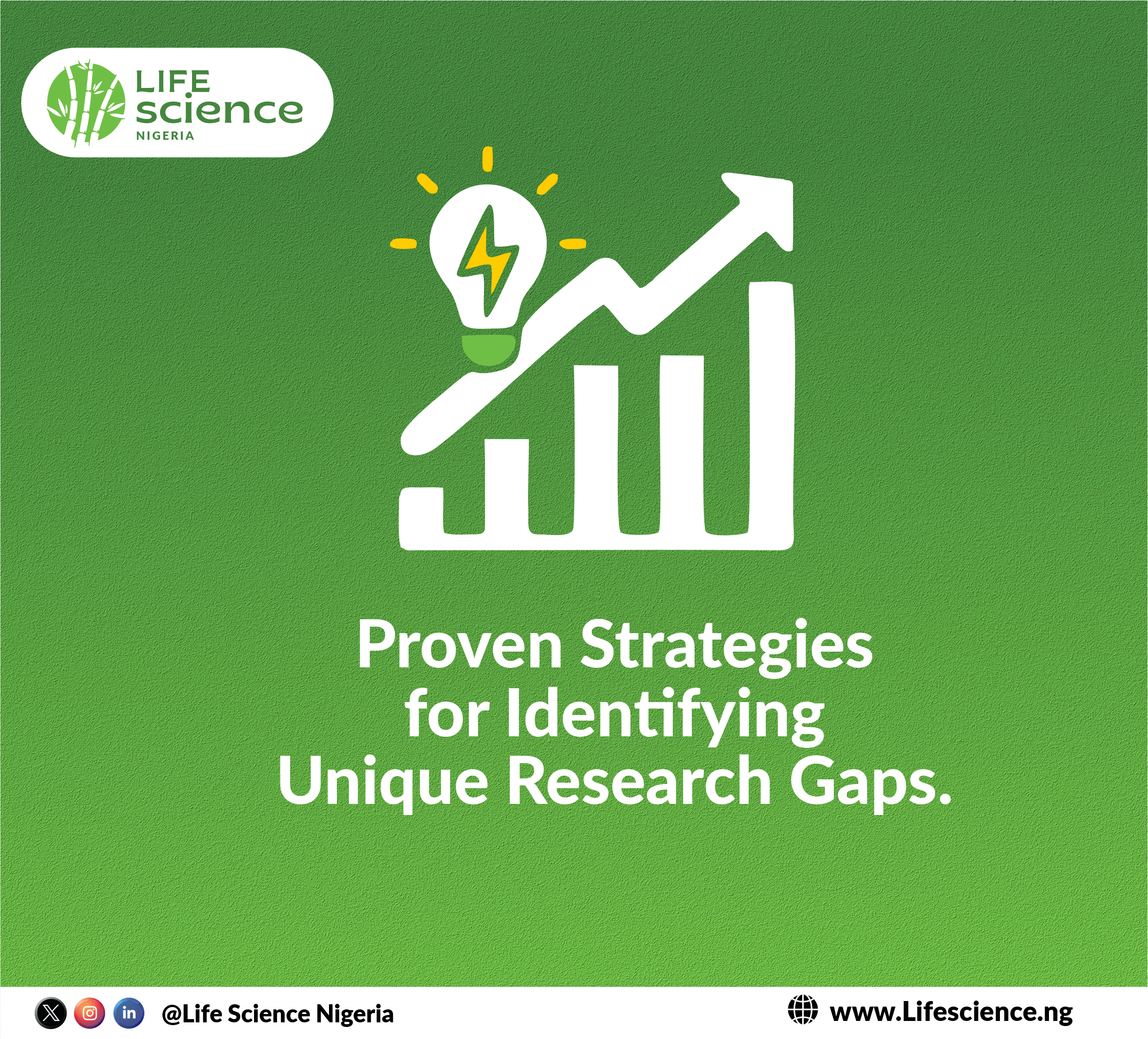
Assuming you have at any point considered how to identify research gaps, indeed, you’re not alone. All scientists hoping to make a strong commitment to their field need to begin by recognizing a theme or issue that hasn’t been handled previously and thinking of potential answers for it. This is where learning what is a research gap, realizing about some examination hole models, and knowing how to recognize research gaps becomes significant. Through this article, we will explore the proven strategies on how to identify unique research gaps.
What is a research gap?
A research gap refers to an area within a field of study where there is a lack of existing research or where the existing research is insufficient to fully address a particular question or issue. Identifying research gaps is an essential step in the research process because it helps researchers understand where their work can contribute new knowledge or insights.
Proven Strategies for Identifying Research Gaps
Here are the strategies that can be adopted to identify research gaps when writing academic literature
• Conduct a thorough literature review
• Analyze and evaluate the literature
• Identify knowledge gaps
• Recognize methodological gaps
• Consult with experts
• Explore funding priorities
• Consider practical implications
• Synthesize your findings
• Refine your research question
1. Reviewing Existing Literature: A comprehensive literature review involves examining previous research studies, scholarly articles, books, conference proceedings, and other relevant sources within the field of interest. By immersing oneself in the existing literature, researchers can gain a deep understanding of the current state of knowledge.
2. Pinpointing Conflicting Findings: During the literature review process, researchers may encounter conflicting or inconsistent findings across different studies. These discrepancies may highlight areas where further research is needed to reconcile differences, clarify misconceptions, or identify the factors contributing to variability in results.
3. Identifying Unanswered Questions: As researchers delve into the literature, they may identify gaps where certain questions or aspects of the topic have not been adequately addressed. These unanswered questions could arise due to limitations in previous studies, evolving perspectives, or emerging issues within the field.
4. Recognizing Limited Studies: Some areas within a field may have received limited attention from researchers, either due to the complexity of the topic, lack of available data, or other factors. By identifying these underexplored areas, researchers can uncover hidden gaps where additional research efforts could lead to significant advancements in knowledge.
5. Exploring Emerging Trends: In rapidly evolving fields, new technologies, methodologies, or societal trends may lead to emerging research areas that have not yet been thoroughly investigated. By staying informed about the latest developments in the field, researchers can identify opportunities to contribute to cutting-edge research and address emerging challenges.
6. Considering Practical Applications: Research should not only contribute to theoretical knowledge but also address practical applications and real-world problems. By examining the literature through this lens, researchers can identify gaps where existing research falls short in providing actionable insights or solutions to relevant issues.
Addressing research gaps.
By addressing research gaps, researchers can;
• Advance knowledge: Contribute to the progression of their field by filling knowledge gaps, resolving contradictions, and expanding understanding.
• Uncover new avenues: Potentially discover new areas of inquiry, leading to innovative research questions, methodologies, and applications.
• Improve practice: Inform evidence-based practices, policies, and decision-making by providing new insights and perspectives.
• Enhance collaboration: Foster interdisciplinary collaboration and knowledge sharing, leading to a more comprehensive understanding of complex issues.
• Drive innovation: Inform the development of new technologies, products, and services, leading to economic growth and societal impact.
By identifying and addressing research gaps, researchers can play a vital role in advancing knowledge, driving innovation, and improving practice, ultimately contributing to a better understanding of the world and the improvement of human lives.
Identifying research gaps involves a thorough review of existing literature, critical analysis of the current state of knowledge, and an understanding of the broader context within which the research is situated. By addressing research gaps, researchers can contribute to the advancement of knowledge within their field and potentially uncover new avenues for inquiry and discovery.
In conclusion, identifying research gaps is a crucial step in the research process that enables researchers to build upon existing knowledge, address limitations, and pioneer new areas of investigation. By conducting a thorough literature review, critical analysis, and contextual understanding, researchers can uncover areas that require further exploration, contributing to the advancement of knowledge within their field. Addressing research gaps has the potential to drive innovation, improve practice, and enhance collaboration, ultimately leading to a deeper understanding of complex issues and the improvement of human lives. By embracing the challenges of identifying research gaps, researchers can push the boundaries of human knowledge, driving progress and positive change in various fields and disciplines.